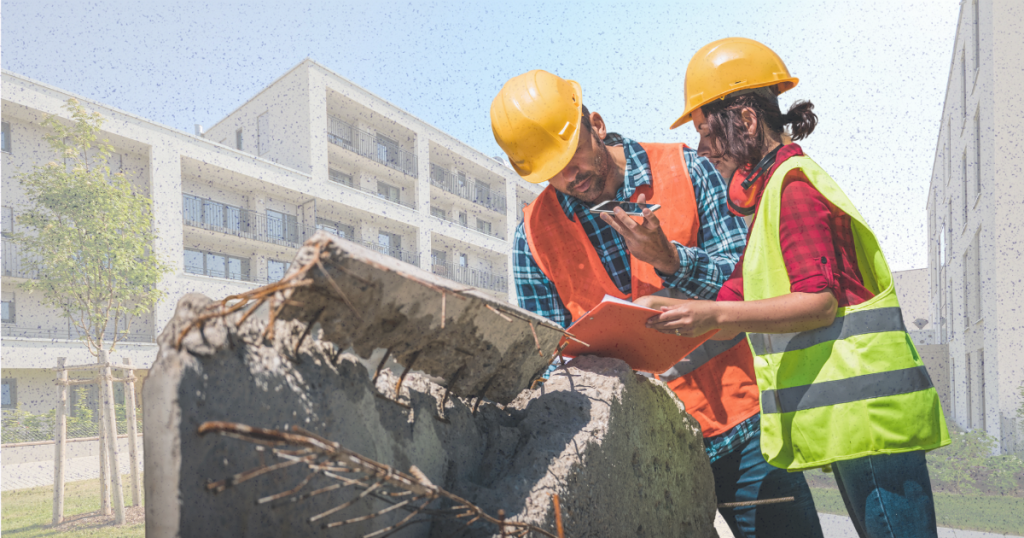The construction industry plays a pivotal role in shaping the practice of sustainability. The world has a pressing need to adopt environmentally conscious methods, which is why sustainable construction is necessary not only to reduce the industry’s negative environmental impacts but also to contribute to resource conservation and promote long-term practicality. At the heart of this is efficient waste management, which addresses the substantial environmental footprint associated with major construction activities.
Sustainable construction practices are growing and becoming more crucial in today’s world, especially with the pressing need to reduce the environmental impacts of climate change caused by human activities. In this article, we will explore the importance of sustainable construction practices, explain how they work, and explain the critical role of efficient waste management in contributing to sustainable development.
Building a Sustainable Tomorrow: A Guide to Smart Waste Management in Construction
Construction waste encompasses a broad spectrum of materials generated during the building process. The most common and impactful construction wastes include concrete, wood, steel, plastics, and construction packaging materials. These wastes usually arise from site demolition, clearance, and excavation. Understanding the types of construction waste is important to help develop effective waste management strategies for sustainable construction projects.
Mitigating construction waste is not only meant to follow other industries adopting sustainable practices. Statistically, the construction industry is one of the biggest polluters on the planet. According to data by EMT Recycling, construction and demolition waste account for a significant portion of the total waste generated globally, with estimates suggesting that it constitutes roughly one-third of global waste. Trends, especially with the infrastructure development endeavors of the current administration, will most likely increase construction activities and further contribute to the issue of waste generation.
Smart Waste Management In Construction

Reduce: Follow Lean Construction Principles
Designing an efficient waste reduction system for a project by following Lean Construction Principles is an effective strategy for minimizing waste generation during construction. Lean construction principles focus on streamlining processes to eliminate waste, optimize resources, and enhance the overall productivity of the workers. Construction teams can reduce excess materials and streamline workflow with just-in-time delivery, collaborative planning, and value engineering.
Reuse: Salvage Materials
Salvaging materials for reuse programs is essential for maximizing the potential of used-up construction waste. Deconstructing structures always produce salvageable materials like wood, bricks, and metal. By collecting and reusing these materials, construction management can reduce the need to order new resources while minimizing the environmental impact of construction projects. Material recovery and reuse programs facilitate the collection, processing, and redistribution of salvaged materials while creating a closed-loop system that promotes resource sustainability.
Recycle: Implementing Effective Recycling Systems
Sorting and segregating construction waste with recycling facilities are efficient strategies for implementing effective recycling systems in construction projects. Sorting and segregating waste at the source involves categorizing materials based on their recyclability and separating them accordingly. This thorough process can identify recyclable materials such as concrete, metal, and plastics, which can be saved from landfills and sent to recycling facilities for processing.
Collaborating with recycling facilities helps construction companies in handling and processing construction waste. These partnerships help construction teams ensure that recyclable materials are properly collected, processed, and reintegrated into the manufacturing supply chain, which reduces the need to produce new materials. Not only does this practice reduce construction waste, but it also helps in conserving natural resources overall.
The Importance of Green Building for Sustainable Development

The environmental impacts of construction waste are profound. Not only does construction waste contribute to global pollution, but it also causes habitat destruction and depletion of natural resources. Addressing these challenges requires a comprehensive approach that integrates sustainable practices into every stage of the construction process.



